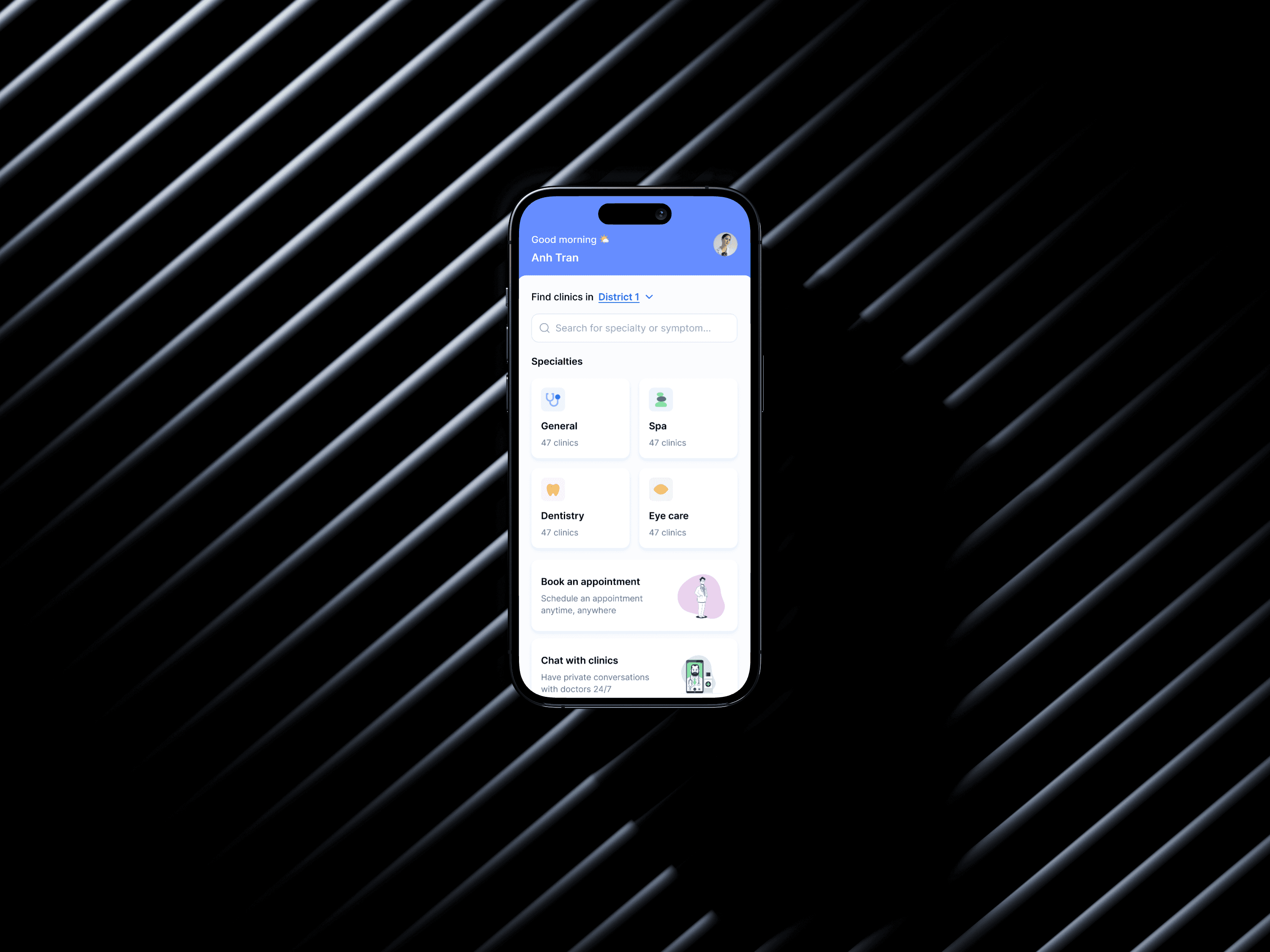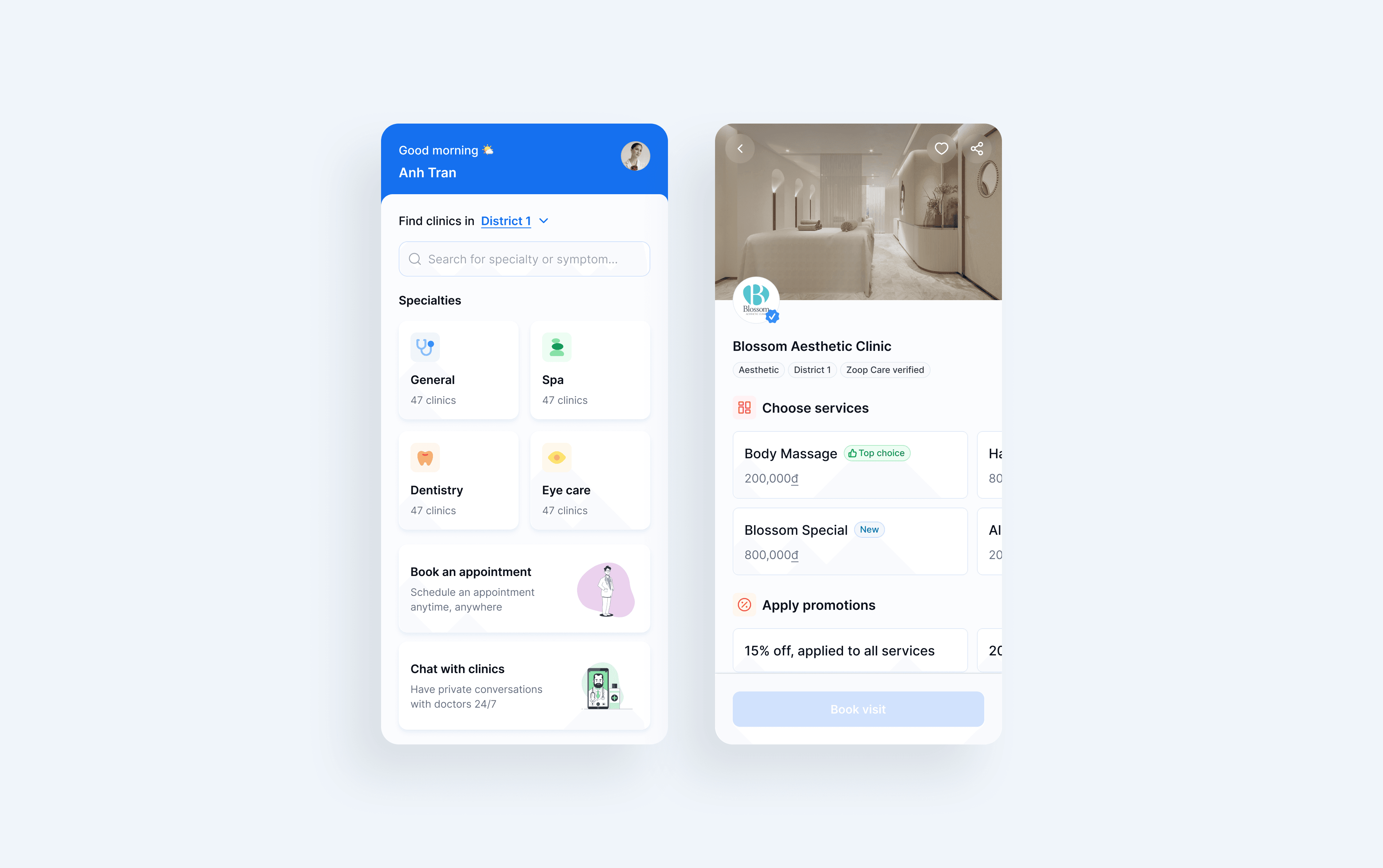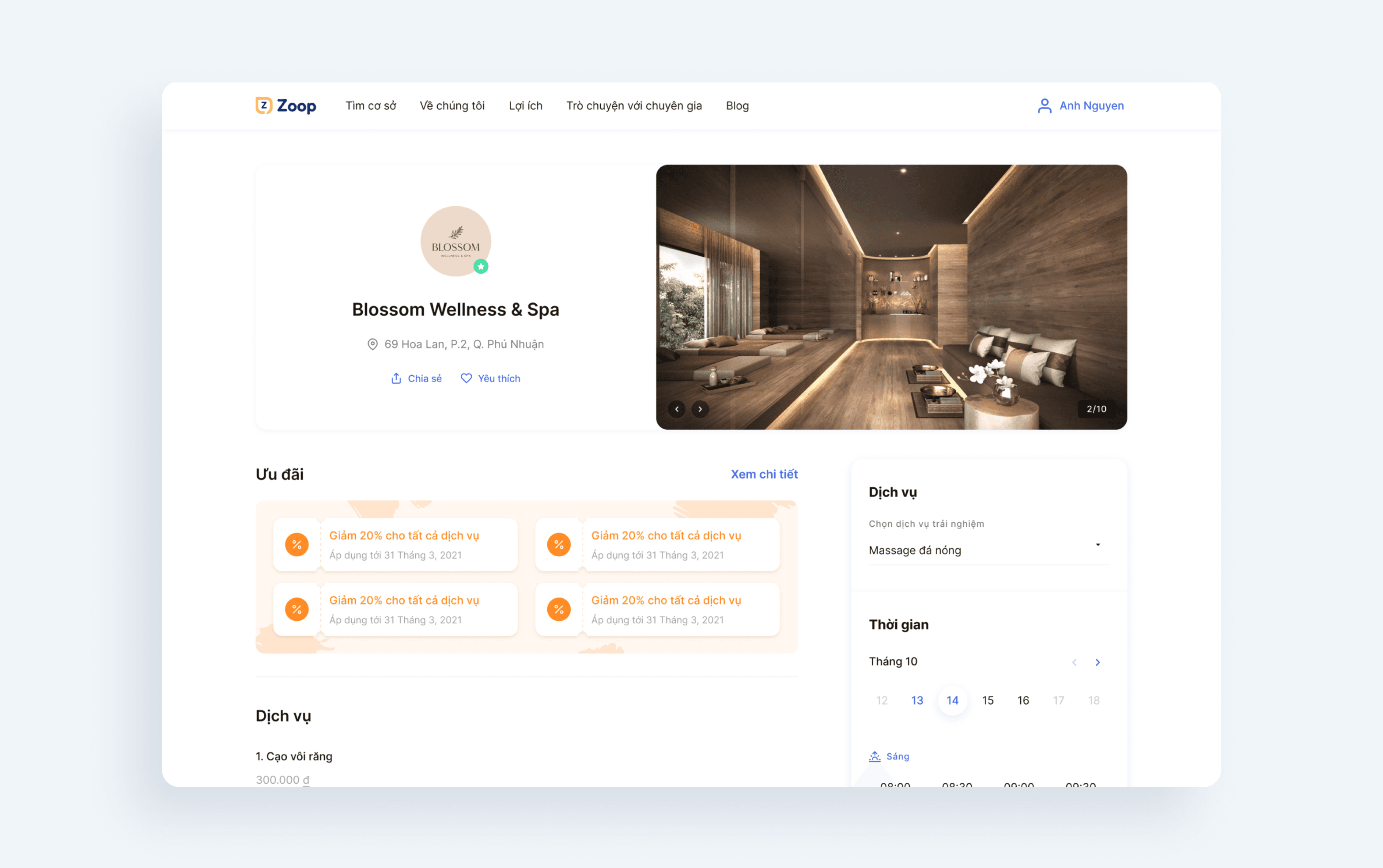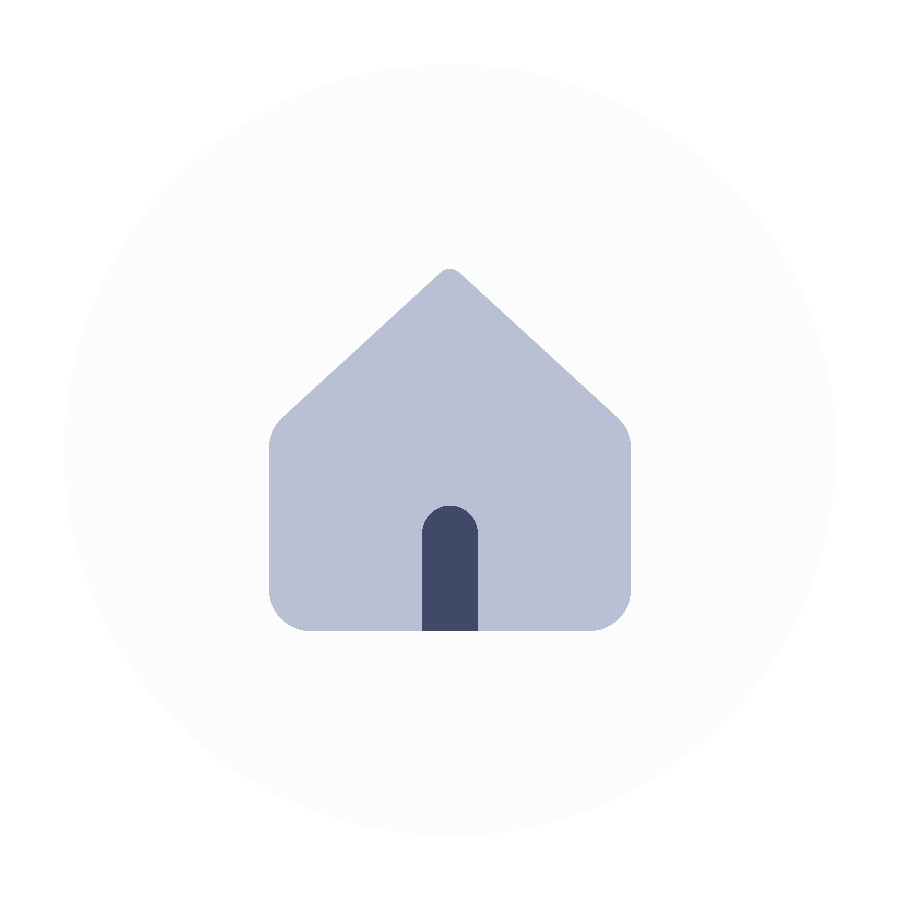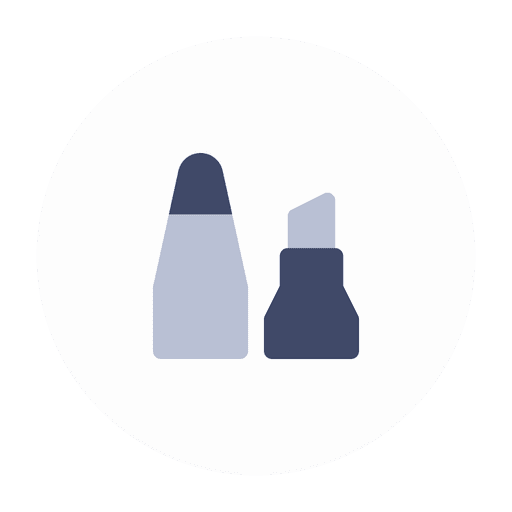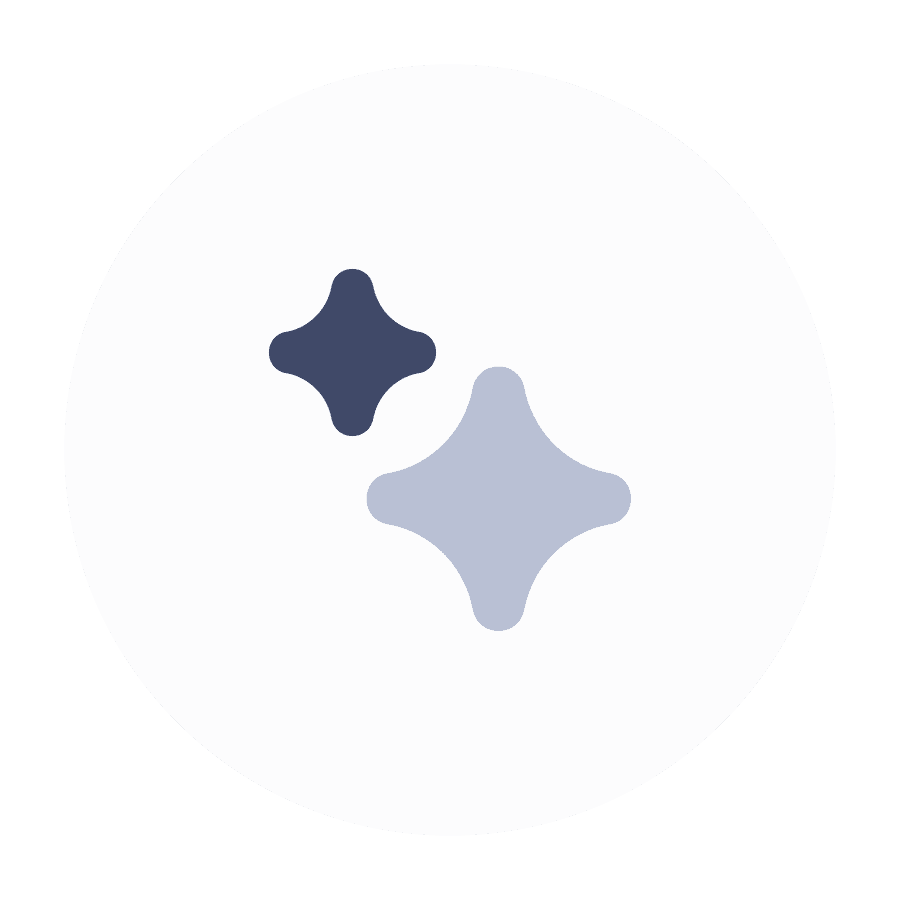Overview
Zoop Care is a healthcare mobile app designed to improve post-treatment communication between patients and doctors, while also enabling users to book discounted healthcare services like dental care. As the second Product Designer at Zoop Care, I took charge of the entire mobile experience, leading the art direction of the app and creating a personalized, approachable design for distinct user personas.
This case study explores how I led Zoop Care’s design system, shaped key features for improved healthcare coordination, and drove the company’s largest campaign, Care Day, to success.
The Problem: Fragmented Healthcare Communication
In Vietnam, patients often feel disconnected from their doctors after medical appointments. The healthcare system lacked follow-up care, resulting in disengagement and the absence of ongoing treatment. Patients often sought healthcare only when symptoms became serious, missing out on preventive measures.
Zoop Care aimed to change that by providing an ecosystem where patients could stay in continuous communication with doctors, ensuring long-term care, and encouraging healthier habits. Our challenge was to not only connect patients to doctors but also to motivate them to take responsibility for their health in a way that felt easy, accessible, and engaging.
Approach: Personalization and Human-Centered Design
At the heart of Zoop Care’s design was the focus on personalization and trust. I developed three distinct user personas based on in-depth research, user interviews, and the Jobs-to-be-Done (JTBD) framework, which helped align the product with the specific needs of different user groups:
Caregivers:
Responsible for managing the health of multiple family members, such as their elderly parents or young children.
Need direct access to key information and the ability to track multiple health profiles without feeling overwhelmed.
Health Advocates:
Prioritize their health and sought motivation to maintain or improve their wellness routines.
Need tracking tools to stay engaged in their health journey.
Seasonal Users:
Infrequent users who only engaged with healthcare services occasionally, such as for routine checkups or dental services.
They required a frictionless experience for booking one-off appointments and accessing special healthcare discounts.
These personas were born from the understanding that patients had different relationships with healthcare based on their life stages and responsibilities. By focusing the design on these archetypes, we ensured that Zoop Care could be both versatile and personalized.
UX Choices that Empower Users
Each persona influenced the UX decisions, leading to tailored interactions for different user types:
For Caregivers, we developed a minimal UI, simplifying complex healthcare tasks. Appointment scheduling, managing health profiles, and staying in touch with doctors were made easy with intuitive flows and reminders.
For Health Advocates, we integrated health tracking and goal-setting features that kept these users engaged. Water intake reminders, progress tracking, and health milestones motivated them to stay proactive.
For Seasonal Users, we created a frictionless booking flow, enabling them to quickly book one-off visits and access healthcare promotions, with minimal interaction required.
Visual Choices that Build Trust and Engagement
The visual design was soft and mostly contained bright, friendly colors reduced the clinical feel often associated with healthcare apps, making it more accessible. Each persona's needs shaped the visual experience:
Caregivers: We focused on clear and digestible data presentation—large text, simple icons, and uncluttered screens—to reduce stress and make managing health profiles easy.
Health Advocates: Motivational visual cues, such as progress tracking bars and health prompts, were added to encourage regular engagement with wellness activities.
Seasonal Users: We designed a simplified flow, allowing users to complete tasks quickly. The user journey was streamlined to make booking and interacting with the app enjoyable and easy.
The combination of blue tones and a simple navigation system ensured that users felt at ease, and trust in the app was reinforced by its approachable design.
Impact: Bettering User Engagement with Healthcare
Zoop Care didn’t just connect patients to healthcare services; it transformed how over 10,000 monthly users engaged with their health. Here are some measurable impacts:
70% user retention, with users frequently engaging with appointment reminders, messaging with doctors, and health tracking.
Zoop Care earned recognition as one of Vietnam’s Top 100 SMEs in Dec-2020.
During the Care Day Campaign in Mar-2021, we saw a surge in bookings for services like dental care, helping users become more proactive about their health.
Reflection: Leading a Project That Delivered Real Impact
Working on Zoop Care taught me the importance of design driven by empathy. Leading the Care Day Campaign, I collaborated with marketing and content teams to craft a holistic campaign that engaged healthcare users and providers. My work on building the design system, user research, and establishing the design process helped ensure that Zoop Care could scale and serve a diverse set of users.
This experience reinforced my belief that empathy and user-centered design are key to creating products that genuinely improve lives. By addressing the user's need through thoughtful design, I helped Zoop Care become a trusted companion for long-term health management, ultimately paving the way for another impactful product: bewell.
